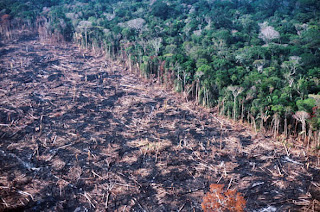Mosman Alder, The Trouble With Templeton, The Oyster Murders
Alhambra Lounge
Things are looking good at Alhambra tonight. It’s still early, barely past 9pm, and the venue is already buzzing while the opening act sets up. The new stage at the venue is a great addition. The space feels like it is built for gigs now, rather than a bar that happened to have bands occasionally hidden in the corner; a definite improvement.
 The Oyster Murders open proceedings with their
enjoyable take on the darker side of indie rock. Their mix of male and
female vocals gives them what is typically a fairly uncommon feel,
although it proves something of a theme tonight. Second song, Ghosts In Our Wake, is the highlight of the set; dark, melancholic and catchy, it’s a lovely track that shows off the band’s melodic skills.
The Oyster Murders open proceedings with their
enjoyable take on the darker side of indie rock. Their mix of male and
female vocals gives them what is typically a fairly uncommon feel,
although it proves something of a theme tonight. Second song, Ghosts In Our Wake, is the highlight of the set; dark, melancholic and catchy, it’s a lovely track that shows off the band’s melodic skills.The Trouble With Templeton have some early gear problems, but it’s handled with good humour and when they do start, it’s a very impressive performance. Bleeders, their debut LP, released late last year, is a solid record, but there’s a sense of immediacy and intensity to the live performance that really causes the tracks to shine. Thomas Calder’s voice is strong and soulful, and tonight he’s aided by some beautiful harmonies from Betty Yeowart. There’s a second guitarist, a relatively recent addition, who adds an interesting twist to the sound too, with heavily-effected notes twisting around the folk rock of the originals. The punters don’t do the band a lot of favours – the chattering from the back of the room threatens to overwhelm some of the subtler moments – but for those paying attention it’s a wonderful set.

Mosman Alder’s debut EP, Burn Bright, has been gathering some impressive critical responses and it seems that word has definitely spread as a rather large crowd gathers around the stage in anticipation. The band quickly justifies the turn-out tonight. As with the supports, their already solid EP is turned into something more visceral live, with shifting dynamics and layered instruments that create an impressively coherent whole. There’s some sharing of vocal duties throughout the set, with guitarist Jackson Muir taking over for some new tracks, and while it creates variety Mosman Alder are at their best when primary vocalist Valdis Valodze has the reins, his distinctive voice giving the band a unique presence.
The audience seems excited and engaged and Valodze is clearly thrilled with the response tonight as he mentions how exciting it is to see audience members singing along. There’s still a sense that there’s room to grow for the band, but when everything gels – like when clear highlight Tokyo 1933 builds into distortion and then fades away on a haunting violin line – it’s clear that Mosman Alder have something special to offer.


















